Writing a research article for publication in a top-tier peer-reviewed journal involves several key steps.
1. Conducting thorough research and gathering relevant data:
Before you can write a research article, you need to conduct extensive research on your topic and gather a significant amount of data. This may involve reading other research articles, conducting experiments, or collecting data from surveys or other sources.
2. Developing a clear and concise research question:
A good research article should focus on a specific research question or problem. This question should be clear and concise, and should be framed in a way that is relevant and important to your field.
3. Formulating a strong thesis statement:
Once you have identified your research question, you need to develop a thesis statement that clearly articulates your main argument or claim. Your thesis should be supported by the data and evidence you have gathered, and should be stated in a way that is clear and concise.
4. Outlining your article:
Before you start writing, it is a good idea to create an outline for your article. This can help you organize your thoughts and ensure that your article has a clear structure and flow. Your outline should include an introduction, a literature review, a methodology section, a results section, and a conclusion.
5. Writing your article:
Once you have an outline, you can start writing your article. It is important to write in a clear and concise manner, and to use appropriate language and formatting. Be sure to properly cite all of your sources, and to carefully proofread your article before submitting it for publication.
5. Find an expert medical editor
It’s a good idea to use a medical editor to review your draft manuscript before you submit it to a target journal. The editor will not only catch grammar, syntax, language issues, but they will also provide guidance on ways to ensure your article conveys your ideas, results, and conclusions clearly and concisely using the current preferred terminology that journal editors want to see. You’ll improve your chances of acceptance by engaging the services of a competent, professional medical editor, such as Peak Medical Editing.
6. Submitting your article for review:
Once you have completed your article, you will need to submit it to a peer-reviewed journal for review. This process typically involves sending your article to several expert reviewers who will provide feedback on your work. The journal's editorial board will then decide whether to accept or reject your article for publication.


